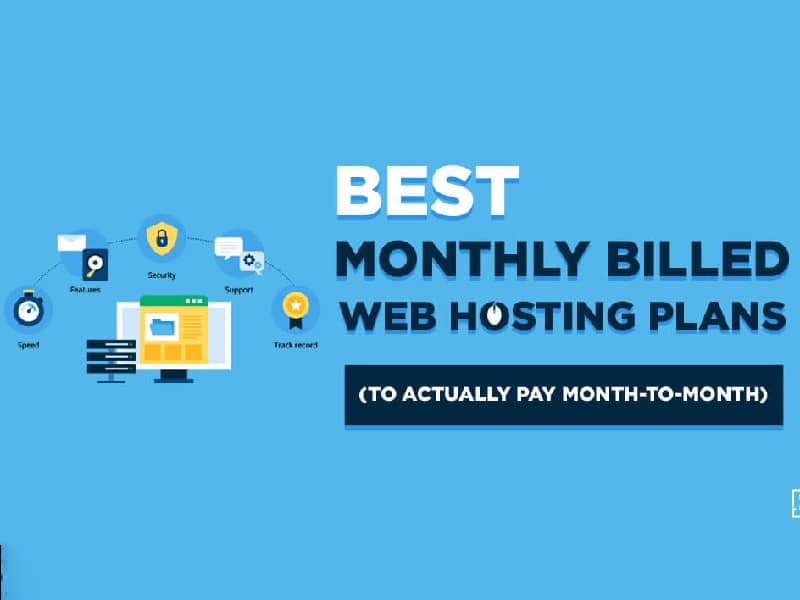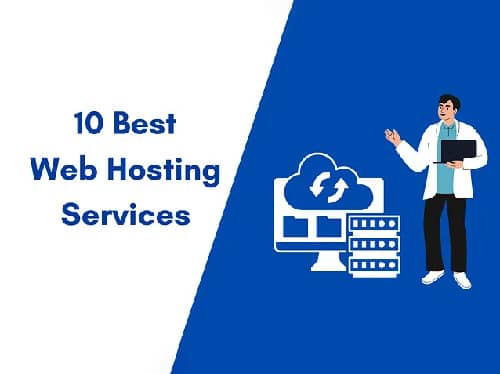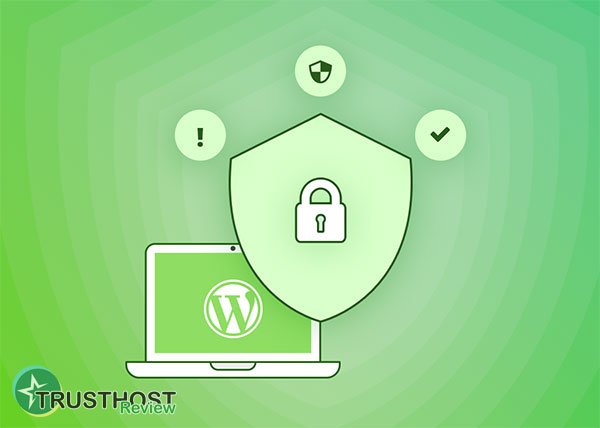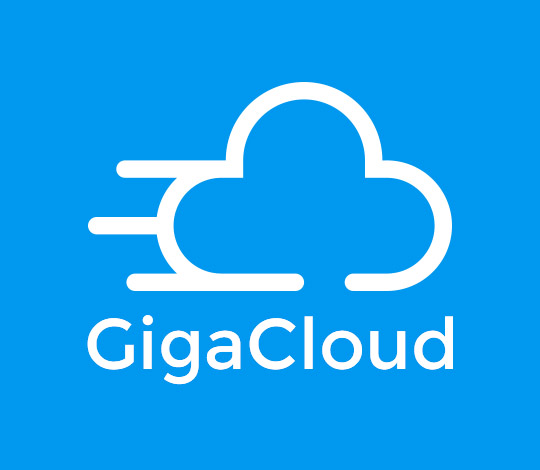Optimizing Website Speed and Performance: Best Practices for Improved User Experience and SEO
In today's fast-paced digital landscape, website speed and performance are paramount for success. For experienced users like web developers, hosting providers, webmasters, and system administrators, understanding the nuances of optimization is crucial. This article delves into advanced techniques to enhance your website's speed and performance, ultimately improving user experience and SEO rankings.

Server-Side Optimizations
1. Choose a High-Performance Hosting Plan
Your hosting plan plays a significant role in website speed. Opt for a plan that offers:
- Fast server hardware (e.g., SSDs, powerful CPUs)
- Sufficient RAM and bandwidth
- Server-side caching mechanisms (e.g., Varnish, Redis)
2. Optimize Server Configuration
Fine-tune your server settings to maximize performance:
- Enable Gzip compression to reduce file sizes.
- Optimize your database server (e.g., MySQL, MariaDB) for better query execution.
- Utilize a content delivery network (CDN) to cache and deliver static content from servers closer to users.
Caching Strategies
1. Implement Browser Caching
Leverage browser caching to instruct visitors' browsers to store certain website assets locally, reducing subsequent load times. This can be achieved by setting appropriate cache control headers.
2. Utilize a Caching Plugin
For WordPress websites, employ a caching plugin such as WP Super Cache or W3 Total Cache. These plugins generate static HTML versions of your dynamic WordPress pages, significantly speeding up page load times.
Database Optimization
1. Clean Up Your Database
Regularly remove unnecessary data from your database, such as post revisions, spam comments, and trashed items. A clean database improves query performance.
2. Optimize Database Queries
Analyze your website's database queries and identify any slow-performing ones. Optimize these queries or use indexing to improve their efficiency.
Content Delivery Network (CDN) Configuration
1. Choose a Reliable CDN Provider
Select a reputable CDN provider with a vast network of servers globally. Key factors to consider include server locations, performance, and pricing.
2. Configure CDN Settings
Configure your CDN settings to cache static assets effectively, optimize content delivery based on user location, and leverage advanced features like image optimization and HTTP/2 support.
3. Monitor CDN Performance
Regularly monitor your CDN's performance metrics, such as cache hit ratios and latency, to ensure optimal content delivery.
Image Optimization
1. Choose the Right Image Format
Select the most suitable image format for different use cases. For photographs, JPEG often provides a good balance between quality and file size. For graphics with sharp lines and transparency, PNG is a better choice. WebP is a modern image format that offers superior compression and quality.
2. Compress Images
Before uploading images to your website, compress them to reduce file size without sacrificing too much quality. Online tools like TinyPNG and ImageOptim can help with this.
3. Use Responsive Images
Serve different image sizes based on the user's device and screen resolution. This ensures that mobile users don't have to download unnecessarily large images, improving page load times.
Code Optimization
1. Minify HTML, CSS, and JavaScript
Remove unnecessary characters, whitespace, and comments from your HTML, CSS, and JavaScript files to reduce their size. This can be done using online tools or build processes.
2. Combine Files
Reduce the number of HTTP requests by combining multiple CSS files into one and multiple JavaScript files into one. This minimizes the overhead of establishing multiple server connections.
3. Defer Loading of Non-Critical Resources
Defer the loading of non-critical JavaScript and CSS files that are not essential for rendering the initial view of the page. This allows the browser to prioritize loading the most important content first.
By implementing these advanced optimization techniques, you can significantly enhance your website's speed and performance. This, in turn, leads to improved user experience, higher search engine rankings, and ultimately, greater online success.
















